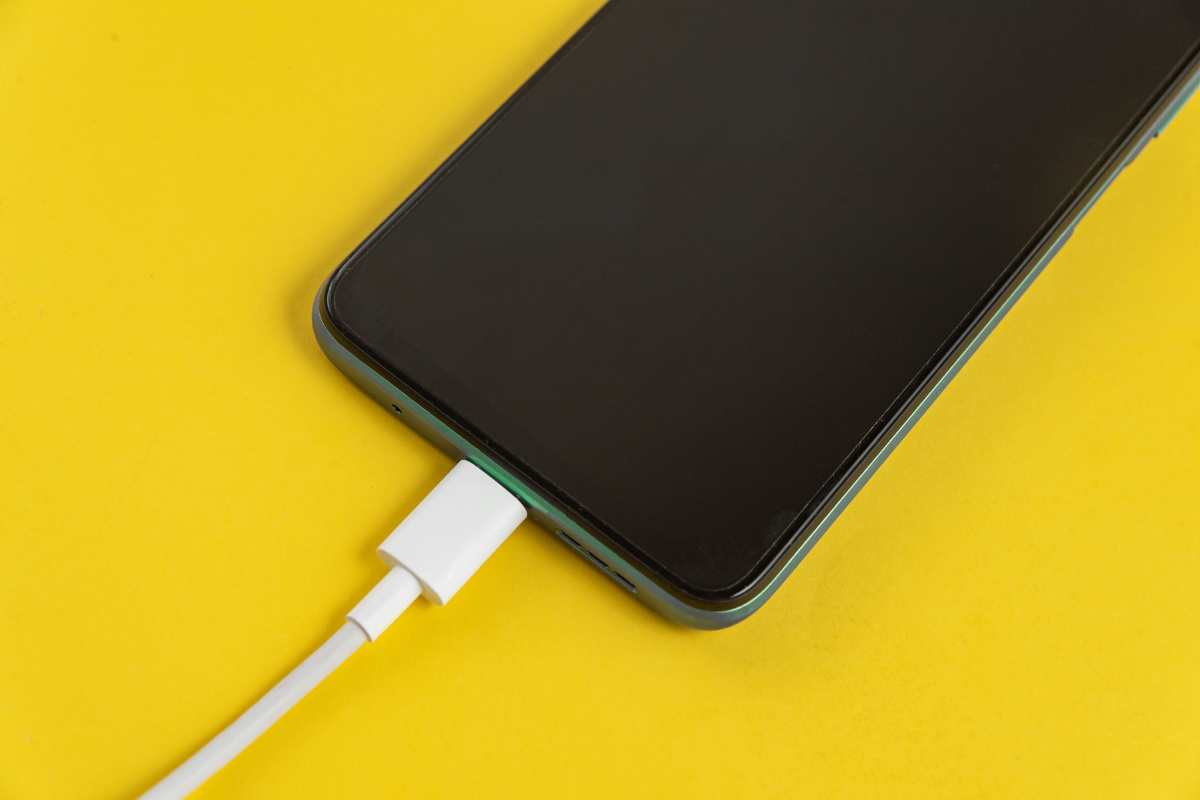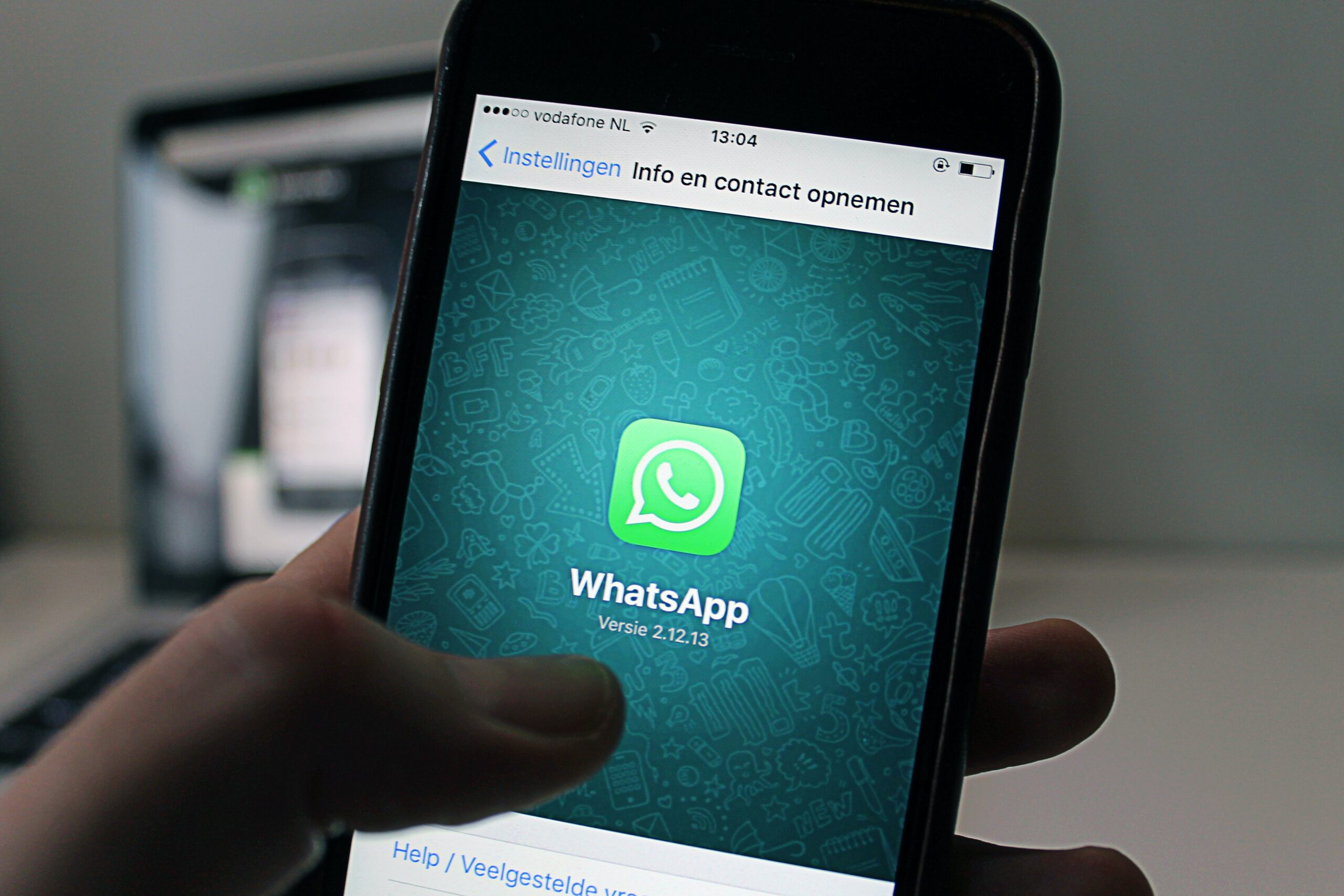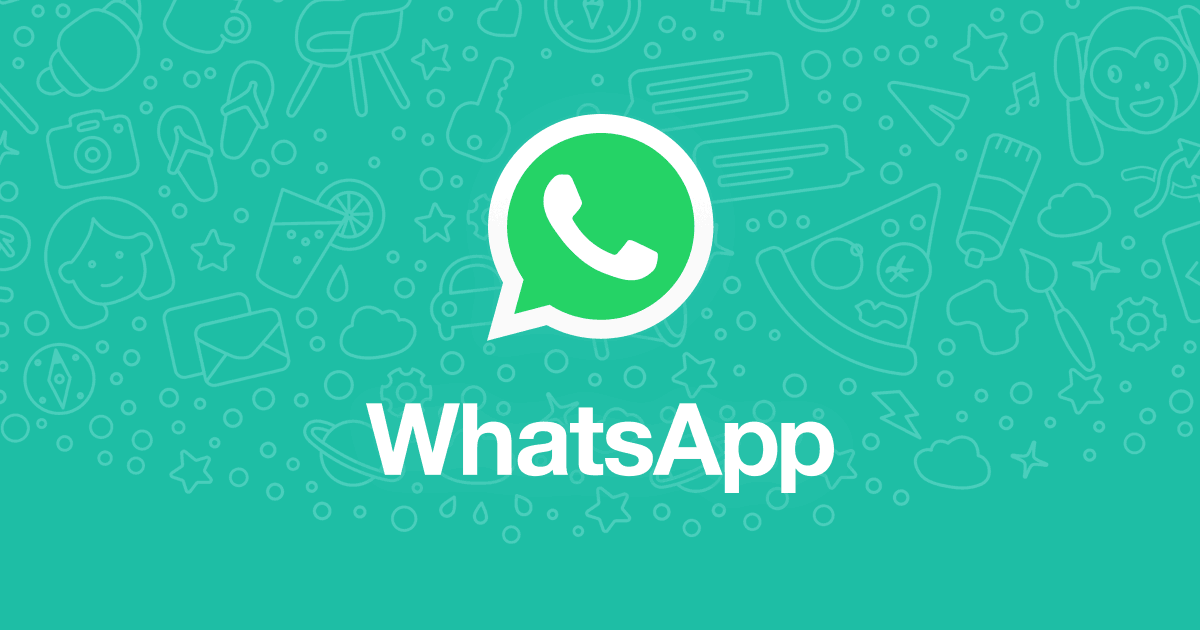Colorful cell phones were very popular in the past, but today they are disappearing. See the reasons for this.
The new iPhone is now available. Its color options can only be described in one word: understated. The iPhone 15, presented to the public this week at Apple's latest launch event, surprised with its lack of bright colors. Unlike previous models, which used bright and flashy colors like red and yellow, the new line features a palette of pastel tones like blue, yellow, white and pink, in addition to the brand's basic blacks.
When viewed together, the color options look very similar. When viewed alone, the applied color is quite light. The iPhone 15 Pro is even more subtle, with four nearly indistinguishable titanium metallic shades. Read on to find out why.

Pastel colors
Apple’s event confirmed suspicions that bright colors are going out of style. According to Josh Lowitz, co-founder of Consumer Intelligence Research Partners (CIRP), which conducts research on Apple and Amazon, “fading” the color of iPhone 15 is a practical business decision for inventory management.
There is interest in limiting color options from an inventory management perspective. The expert states that: “If you do the math, there are six or seven models with three or four storage capacities and three to six colors. There are hundreds of possibilities.”
The new iPhone's muted color palette seems to confirm that simpler color schemes tend to sell better. It's worth remembering that black has always been the top seller, and white is basically competing for second place as an alternative.
Data proves the theory
In March, CIRP released a report showing five different iPhone color classifications. For each model, sales were significantly lower than for black phones. CIRP’s data shows that 42% of those sales were for purple phones. But that’s an outlier, according to Lowitz. It’s important to note that Apple made a concerted marketing push for its purple iPhone after its launch.
CIRP also has data on why people buy. In its quarterly surveys, the company asks respondents, in an open-ended question, what led them to buy a cell phone. The answers usually mention the camera setup, storage capacity or cheaper devices. Color is not really a criterion for purchase.
End of colors?
Bright colors and quirky designs aren’t going away, but Apple isn’t the only company going back to basics. Late last year, Google launched its line of Nest Wi-Fi routers in subtle pastel colors. The bold colors of the headphones have also been limited to a few bright reds and yellows. Most models typically feature gray-toned surfaces.
These trends are likely to be temporary in nature and could change again. Lowitz says color availability could also be affected by changes in how people buy devices. Fewer customers are now shopping online than during the peak of the pandemic, preferring to shop in-store. “That means people are shopping in places where there is less supply, meaning a purple iPhone may simply not be available.”
A final factor contributing to the limited number of colors is that most people use one protective cover. According to CIRP data, more than 75% of iPhone users use phone case, so the color does not show through.



